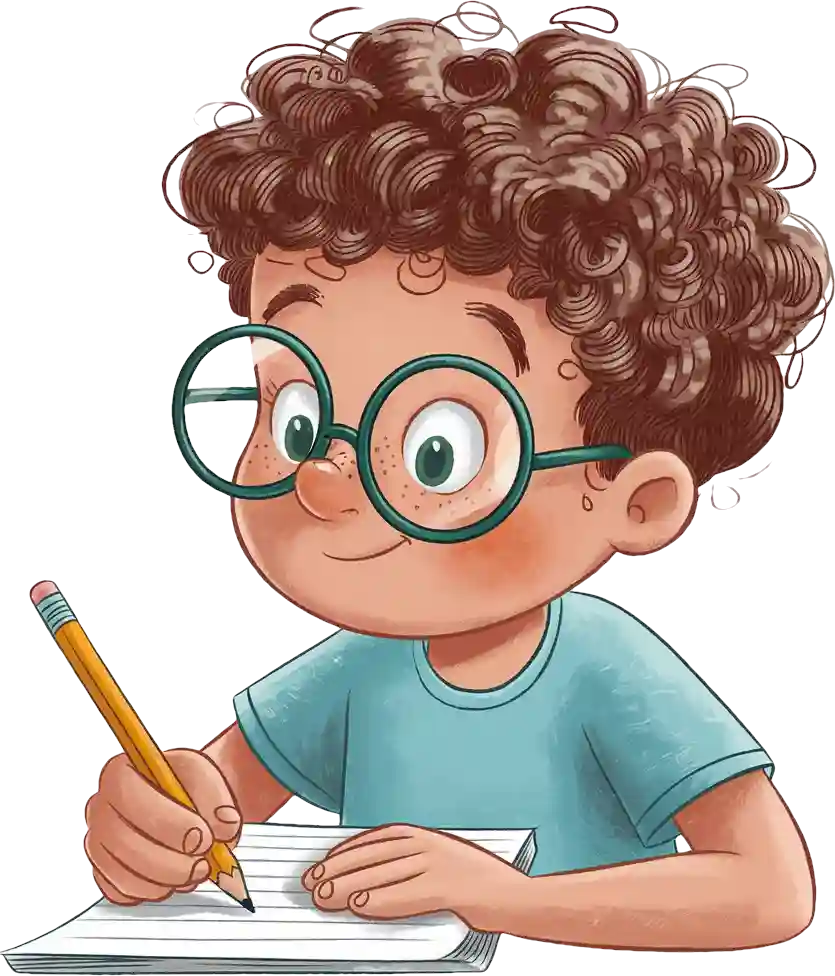
The Beehive website provides a picture-of-the-day to inspire writing. You can click the ‘Tune In’ option to disguise the picture and have your students guess what the image could be. There's a lot of useful features for teaching writing such as discussion questions, a timer, a sentence interactive, and a story interactive.
Teaching writing can be a challenge because it’s not a single skill. For example, telling a good story and neat handwriting have very little in common. As a teacher, the first step is to have a clear mental model of the constituent parts of accomplished writing. Here’s a good way of thinking about the skills that children need to write well:
➤ Letter level: Handwriting
➤ Word level: Spelling
➤ Sentence level: Sentence structure (and some additional grammar such as speech marks)
➤ Elaboration level: Rich writing (for example, adjectives or similes)
➤ Text level: Genre writing (for example, narrative or persuasive)
The research is clear, students develop much better writing when we teach each skill separately and explicitly. When planning what to teach, prioritise the more foundational levels, starting with handwriting. Below are some suggestions for teaching each skill.
The Tectonic handwriting system is still under development.
Spelling is developed in two main stages; phonetic (sounding out words) and then orthographic (spelling words correctly). The phonetic stage relies on phonics development and is closely linked to reading. The orthographic stage relies on developing strategies for memorising word spelling (e.g. say it like you spell it: 'wed-nes-day').
The Tectonic reading app, Paper Castle, has daily practice for spelling that progresses from phonetic spelling to learning strategies to memorise word spelling.
It is common to find that students learning to write struggle with run-on sentences (i.e. very long sentences that use 'and' repeatedly). There are many ways teachers try to correct this, but the only real solution is to help students understand the basics of sentence structure.
To practice sentences on The Beehive, click ‘More’ and then click the sentence type you want to practice. This will bring up the sentence interactive, which covers the three main sentence types (simple, compound and complex) in student-friendly language.
Developing rich writing can be thought of in three main stages:
1) Word selection: Using descriptive words (e.g. ancient) and more specific words (e.g. 'shouted', rather than 'said')
2) Literary devices: For example, simile, metaphor and hyperbole
3) Imagined details: Students close their eyes and describe what they would see, hear and smell if they were in a story. Then they use those ideas to guide their writing.
On The Beehive website, you can use the picture-of-the day to practice story writing. To see the story interactive, just click ‘More’ and then ‘Story Writing’. First, tell a class-story using each of the five stages. Then each stage can become a paragraph for a short story.